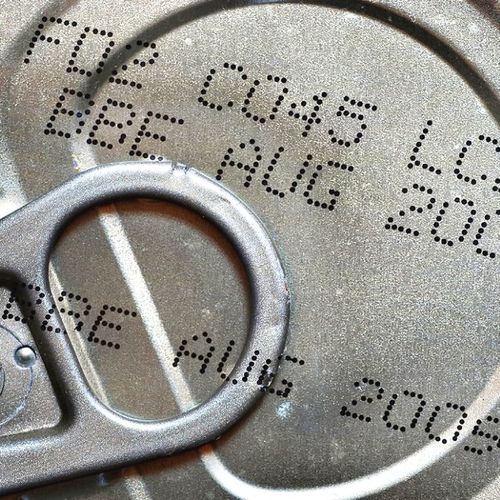Many states require food manufacturers to put a date on perishable foods so that customers can gauge product freshness. However, because there are no federal regulations requiring products to be dated, there isn't a uniform system. Here is a guide to the most commonly used terms and what they really, mean...
"Sell-by' 'dates let stores know how long products can remain on the shelves. They also are used as guides for rotating stock. The sell-by date takes into consideration the length of time a product typically sits on the shelf at home after purchase. Perishable foods remain good for a period of time after the sell-by dates, assuming that they have been stored properly. Use your eyes and nose to judge product freshness.
Example: Milk, cheese and yogurt that are starting to smell sour or have turned color should be thrown out.
General guidelines for shelf life beyond sell-by dates...
· Eggs are usually good for three to five weeks past the sell-by date.
· Milk is typically good for up to seven days past the sell-by date.
· Fresh chicken and turkey should be cooked or frozen within two days of the date.
· Fresh beef, pork and lamb should be cooked or frozen within three to five days of the date.
· Ground meats should be cooked or frozen within two days of the date
· Unopened processed meats, such as bacon, hot dogs and luncheon meats, should be used within two weeks of the sell-by date.
· Unopened canned meats, such as tuna and sardines, will keep for approximately two years beyond the sell-by date.
"Best if used by'' and "use by', dates refer to the point after which peak quality-flavor or texture-begins to decline. These are not safety or purchase dates.
Caution: Shelf life depends on the handling and storage conditions. Fresh perishable foods should be kept at 38oF to 40oF for maximum safety and quality.
